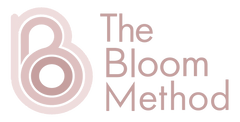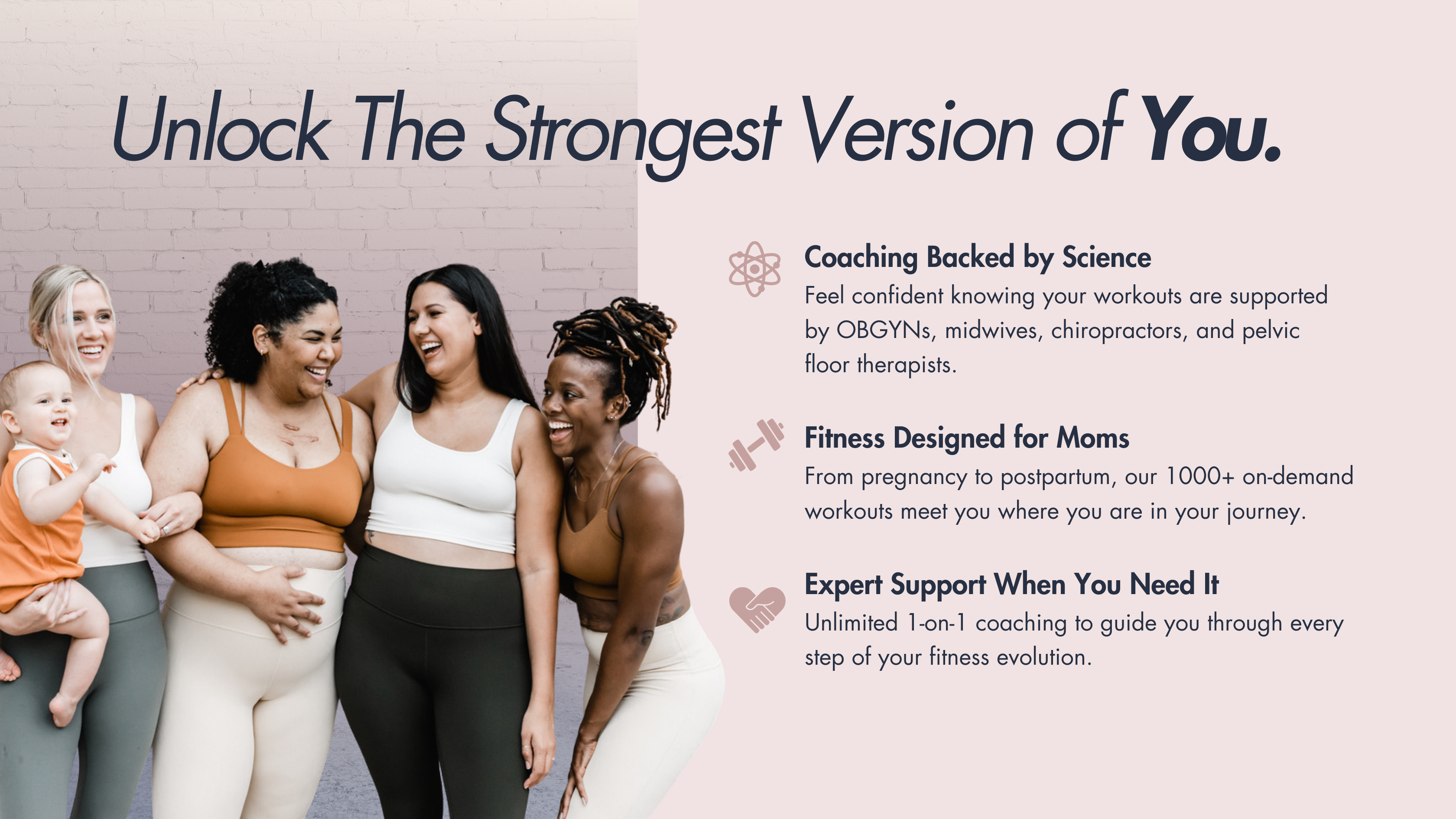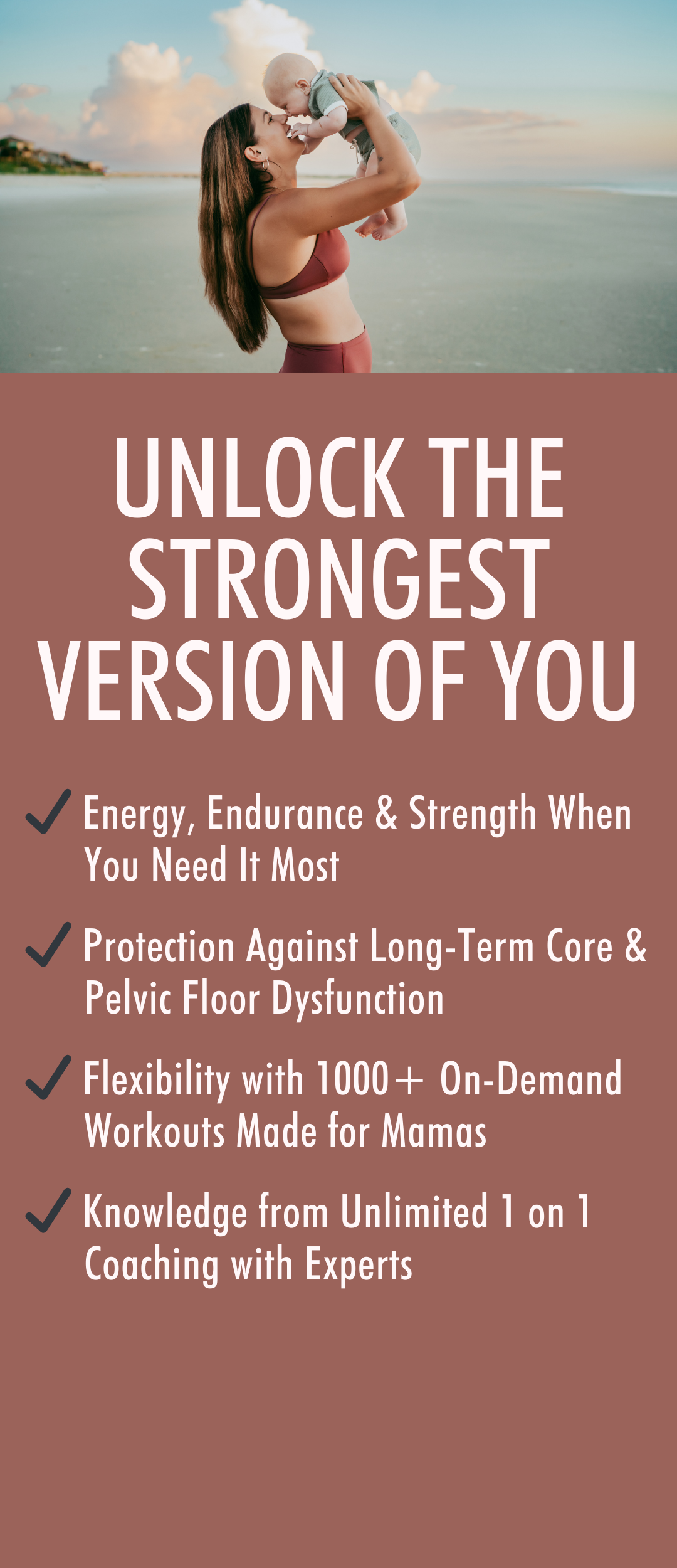Postpartum Exercise: How Soon After Birth Can You Workout?

You just gave birth to a newborn baby, and you’ve never felt more proud or more vulnerable.
The marathon of labor and delivery has left you with zero connection in your pelvic floor.
And if someone asked you to flex your core muscles, you wouldn’t even know where to begin.
Rest assured, this is a normal postpartum experience.
Your body is built for this job — and it will guide you to a healing space.
Meanwhile, there are tools you can use to jumpstart healing, allowing you to show up as your most confident self.
One of them is exercise.
(Yes, really.)
We’re not talking about planks, weight lifting, or running.
We’re talking about intentional and pain-free exercises that support your body’s healing journey.
We’re talking about science-backed and women-led methods that can help you cut your healing time in half.
We’re talking about The Bloom Method.

Eliminating the Fear Around Fourth Trimester Exercise
Most women are advised not to exercise until their six-week postpartum checkup.
On the surface, this makes sense. Labor and delivery is a huge stress on the body — and healing from stitches, a C-section, or intense pushing will take time.
But we encourage you to view postpartum exercise from a different perspective.
Intentional fourth trimester exercises can…
- Move your tissue and organs back into place.
- Help you regain connection with your pelvic floor.
- Target your abdominal separation (aka diastasis recti) to recover and restrengthen your core.
- Help you prioritize self-care, positive self-talk, and mindfulness in a new season of life.
The goal of postpartum exercise isn’t to help you “lose the baby weight” or “bounce back.”
It’s to give your body the tools and resources it needs to rebuild, restore and return to exercise smarter.
For this reason, we encourage our moms to begin safe and gentle exercises from their beds — just days after labor and delivery.
In our experience, these moms heal faster, avoid long-term injuries, and learn how to truly love and connect with their bodies.
Not to mention, they can show up for their newborn babies in a powerful way.
How Soon After Birth Can You Workout?
- Uncomplicated Birth. Women who experience smooth labor and delivery with no complications (or stitches!) should be able to start gentle yoga and pelvic tilts right away.
- Cesarean (C-)Section. This surgery cuts through seven layers of tissue! Meaning, gentle movement to help you reconnect with your muscles is crucial. Prioritize gentle walks and diaphragmatic breathing.
- Complicated Birth. We recommend working with a practitioner who understands the benefits of postpartum exercises and can provide an accurate assessment of your abilities and needs. At minimum, most women can handle diaphragmatic breathing to speed up the healing process.

The Benefits of Early Postpartum Exercises
-
Lower Chance of Injury Based Diastasis Recti
You should always expect to see some separation of your abdominal muscles during pregnancy. This is a normal way for your body to accommodate your baby. That said, you want to make sure your diastasis recti heals quickly after pregnancy — and without complication. Early postpartum exercises help speed up the recovery time and prevent long-term side effects.
-
Lower Chance of Pelvic Floor Dysfunction
During delivery, your pelvic floor may need to expand beyond what’s comfortable. This can lead to shock or injury to the pelvic floor — which can heal quickly when you start postpartum exercises right away. Most medical providers will suggest Kegels. But we prefer to take pelvic floor exercises one step further with movements that restore strength and flexibility to the muscles.
-
Faster Postpartum Healing
If you’ve ever experienced a back or muscle injury, then you know that movement is the best medicine. Even if it can be difficult at first, walking or stretching is usually recommended for faster healing. The same is true with pregnancy. You should try to send signals of safety and normalcy to your body through relaxed movement.\
The women in our community who begin early postpartum exercises are able to progress through healing faster — and get back to their regular activities only a few weeks after birth.
-
Improved Functionality for Daily Tasks
After just a few days of early postpartum exercises, you’ll notice better functionality. Maybe you’ll be able to get off the couch easier or feel less back pain when you put your baby in their crib. In general, functionality is essential to feeling good, showing up, and returning to your normal self.
-
You Prioritize Self-Care
Self-sacrifice is required for pregnancy and birth — but it becomes especially all-consuming during postpartum. Even with a newborn, it’s important to set aside time for your own healing and create healthy habits that allow you to fill your own cup.

Essential Principles for Early Postpartum Exercises (And How to Avoid Injury)
We want to be clear that early postpartum exercises should gently nudge you toward diastasis recti healing and injury prevention. They should never be done to lose weight, fix your “mommy pooch,” or get a high-intensity sweat session.
In other words, early postpartum exercises are self-care, not self-punishment.
Here are some principles and injury prevention methods for early postpartum exercise:
-
Work with a Movement-Informed Medical Provider
You need a provider who truly understands the benefits of early postpartum exercise and can recommend exercises that meet your needs.
-
Get One-on-One Coaching
This is a complementary service we offer all of our members inside The Bloom Method. If you have questions about your posture, need help connecting with your pelvic floor, or want an exercise modification, you can ask one of our fitness instructors or pelvic floor therapists. You can also hire someone in your community to walk you through appropriate exercises.
-
Early Postpartum Workouts Should Never Be Painful
These aren’t meant to be a punishment or a “sweat sesh.” You’re connecting with your body and your breath — and pointing your muscles toward healing. There may be some discomfort as you begin moving your muscles, but any exercise that feels painful should be stopped.
-
If All Else Fails, Use Your Breath
If you had a challenging birth or feel anxious about starting postpartum exercises, start with the basics. Learn to breathe diaphragmatically as your first step toward healing. Seriously, this is one of the best tools you can use while you’re lying in bed. It helps regulate intra-abdominal pressure and reconnect you with essential muscles.
-
Minimize Doming and Coning
Doming and coning across your midline is a visual representation that your linea alba (the connective tissue between your ab muscles) is under stress. If you see this occur during a postpartum exercise, either stop the movement or modify it.
The Bottom Line: It’s Time to Update the Science About How Soon You Can Workout After Giving Birth
The idea that women shouldn’t exercise during early postpartum is not only outdated, it’s harmful.
Gentle movement should facilitate healing, build functionality, and improve your quality of life. Not only that, it can help you feel more human during a time when you feel disconnected with your changing body.
It’s time to stop fearing early postpartum exercise and start embracing it.





